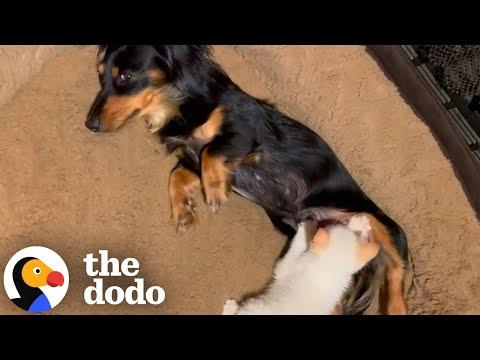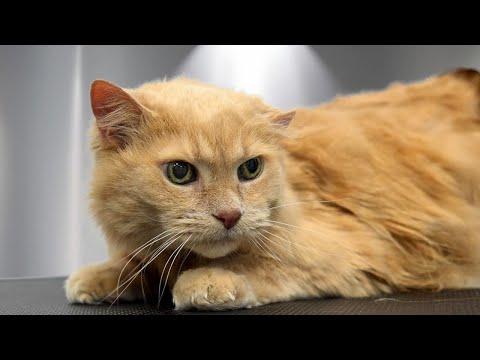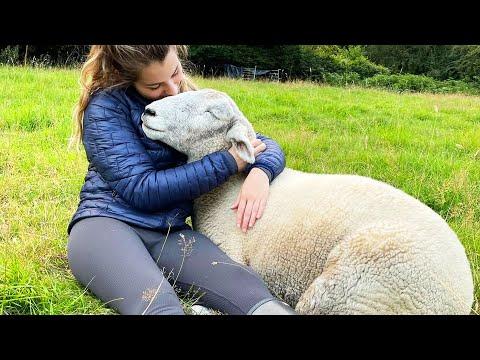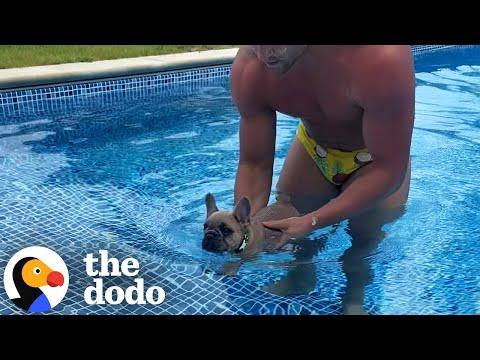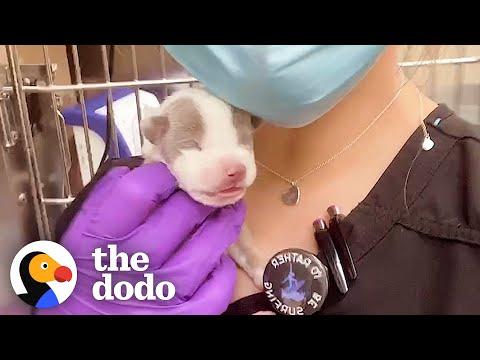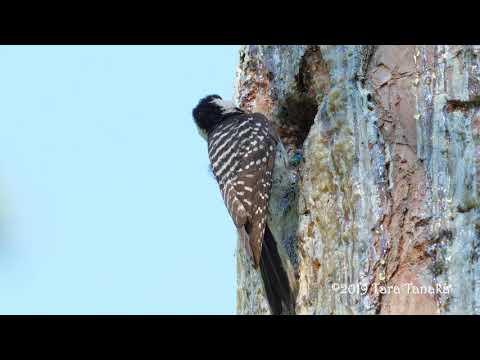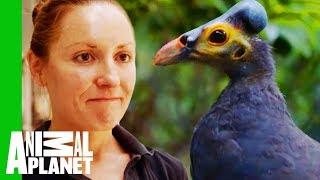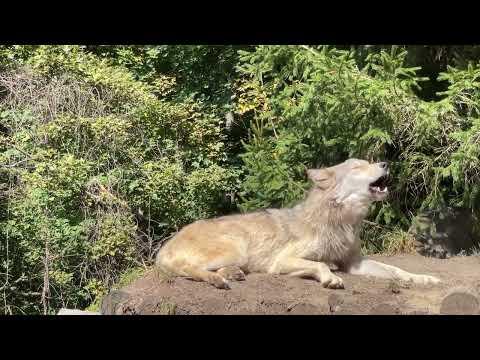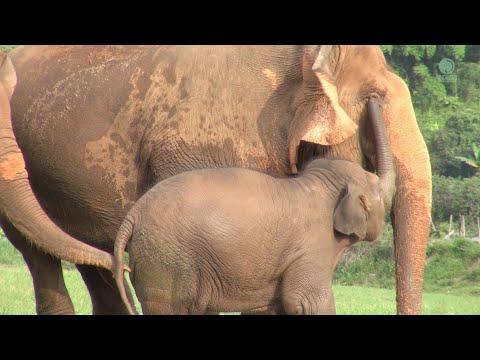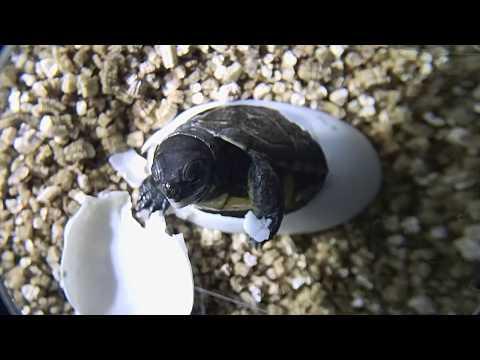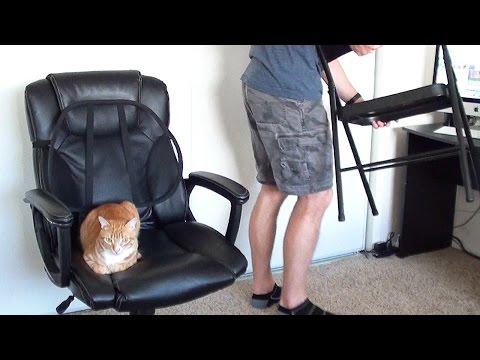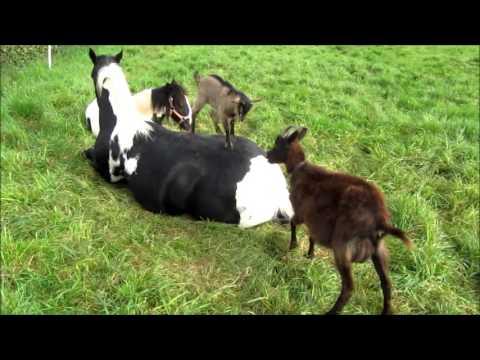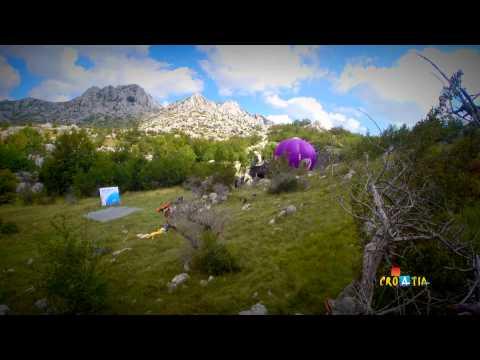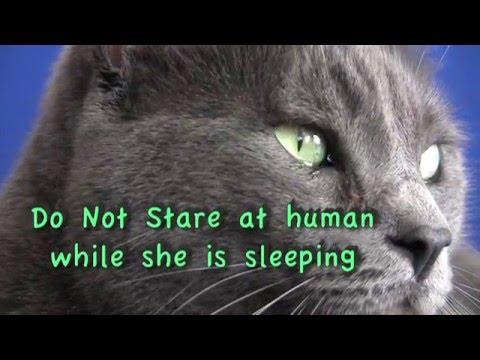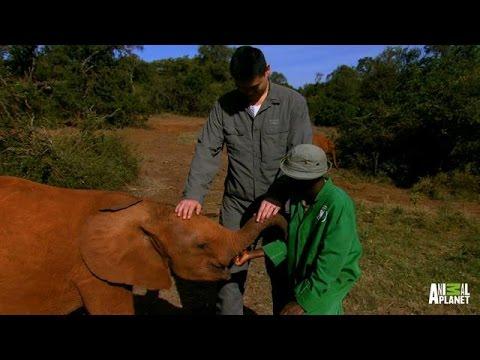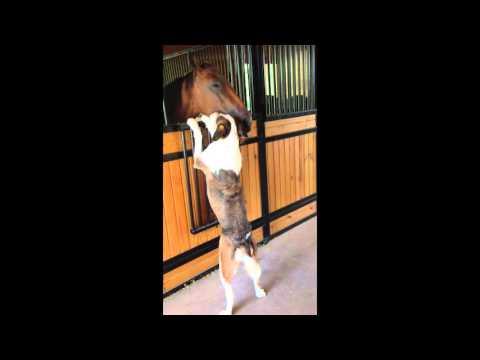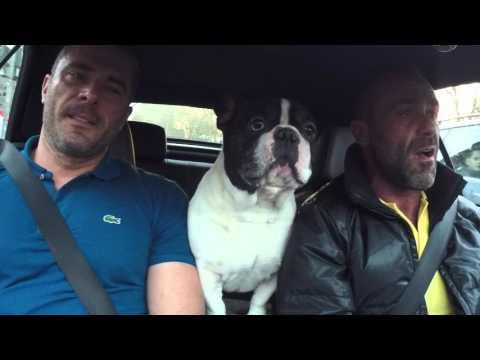Description
Leopard cubs, penguins and bears. These wild animals and so many more won’t survive with our help. That’s why conservationists, filmmakers and veterinarians are getting really inventive these days. See for yourself. Join us as we visit an island full of adorable quokkas who pose for selfies, spy on penguins with lifelike animal robots and venture into a bear den with a bear biologist known as Griz Kid.
Video Script::
preserving endangered species is no easy task and sometimes it takes a bit of creativity to get the job done come take a closer look at wildlife and their most dedicated Guardians with these five stories this fuzzy little creature is a Kaka and these guys live here off the west coast of Australia on Rottnest Island quokkas are not only cute they are camera-ready and they're taking the internet by storm so let's start at the beginning what is a Kaka a Kaka is a small wallaby it comes from the same family as a kangaroo and physically they've got thick brown fur they've got long tails and they hop around corkers thrive on Rottnest Island because they don't have any predators over here so there's no foxes we have the largest viable population of about 10,000 oh sorry and you are my name is Cassie Anna GREs and I'm a conservation officer on Rottnest Island in my role I'm responsible for managing conservation programs and there's one online trend that has really helped these animals a cooker selfie but make sure you're getting it right how to take a caucus selfie step one a camera step two a corker but don't touch the caucus ah nope or feed them it's 150 dollar fine these guys don't need the food they naturally graze their way through the islands vegetation and I also really love the savings that we plan as part of our revegetation projects that we have implemented by our environment technicians sorry about that guys thanks for all your hard work and what makes these guys so great for taking selfies around the settlement area the Crockers are a lot friendlier they've become used to people so their natural behavior has changed but out in the reserve where they're actually still exhibiting their natural behavior there will be a lot more wary of people we have to know are they actually smiling in photos yeah they're not actually smiling in the photo is it's just the natural shape of their mouth which comes up at the side which makes them look like they're smiling the popularity of the clock selfie has given us the opportunity to be able to raise awareness about the Crockers particularly on the mainland that are under threat so we use that as a platform to educate the public and also educate them about appropriate interaction with wildlife so finally a good cause for selfies [Music] this is aya and sagu two adorable clouded leopard cubs don't be fooled by the youthful spirit clouded leopards are some of the most shy mysterious and elusive cats besides their shy nature they have a steadily declining population making it even harder to spot them in the wild as far as big cats go clouded leopards are the smallest these two little girls will top out at around 3 feet when fully grown native throughout Asia they live in diverse habitats from the rain forests of Indonesia to the foothills of the Himalayas they pack a powerful bite - as they have the largest canine teeth relative to body size of any wild cat they have short powerful legs and ankles that convert eight backwards making them elite climbers beyond a quickly shrinking habitat perching remains a huge problem as their skin claws teeth burns and meat are all sold on the black market this is the clouded leopard we look at every subject that we want to fill and then we say well what is the best way to get into their world it's an amazing moment when you realize that you're actually seeing some stuff for the first time my name's John downer and these are my incredible between of spy creatures well I suppose it all started when I started baking wildlife films and I wanted to have that kind of intimate perspective to get into the animal world and actually know what it's like to be an animal over the years use technology to get more and more inside the animal world and those things have progressed we would move from just using remote cameras disguises rocks to where we are today which is having you know these incredible spy creatures which are able to do filming cameras in their eyes really look like the animals and the animals we interact with them the whole idea of you know using the robots that came about when we made a film about penguins for the first time we thought well what if we made a penguin can of living moving camera they look like a penguin that was able to go into the colony and start to count on these incredible shots you can't explain it because it's it's a dream come true I think part of the the whole technique is is to try and get inside the animals minds you know understanding animal behavior is key to it already [Music] we lost one spy pup to a wharf by tortoise is it possible by an elephant and I think it's something about the fact that they look living makes them think before they actually do anything and if it's not a threat then they kind of requite like it [Music] the challenges are they are innumerable because everything is a challenge from the beginning to the point you get the film the animals once you get there and once you've actually with them they tend to be the least of all the problems they usually do deliver because they do amazing things and if you've got the technology to be a have to film close to them and in their world you know you what you know you're going to get something remarkable [Music] [Music] alimony in Kenya no wildlife conservation areas they are quiet [Music] this all changes when the phone rings topic açaí the team can be contacted at all times we are the first mobile security patrol virtual team in this part of Kenya typically an animal is trapped in approach is near but it can be anything a lion which needs to be translocated or a sick zebra but usually the Spanish orchids include gloves first-aid kit medical supplies blindfold rope and guarding life the team consists of a driver one admit and two Rangers once you have assembled everything we are ready to go and save the animals the rolls are not usually failed most of the time we play through the bush we are going to see enriched and more you have to keep them and more 7 oz himself has become debilitated because of the snails naughty - we only have a few minutes ones and must been tranquilized and it can be very traumatic complete back in the compound we are bigger team just have one more keeper take care of the orphans our lab technician takes care of the blood walk a Kohana manages our online presence this job is important because as is a lot of conflict to human beings and wildlife therefore in Division who save wildlife from becoming extinct is very crucial I love so much to save lives and see animals our and that's our calling that's why I do the job growing up in Montana I feel like I had kind of a special opportunity just to be outside a lot that's kind of where a love of wildlife started for me that dies out and a lot of kids and for me it just continued my name is Wesley Larson I'm a master's student working in wildlife conservation and then uh some circles I'm known as Triscuit when I first started deciding that I should get into a wildlife field I found dr. Tom Smith at BYU I started by working with polar bears on Alaska's North Slope and then that kind of transition into some black bear work down here in Utah in Bryce Canyon Bryce Canyon like other national parks that do have bears they've had a kind of a history with with visitor conflict and with bears that maybe are getting into campsite so what we're doing is we're tracking the bears to learn what habitats they're using just to see what the park could do better to make it easier for visitors to avoid bears what we're doing is we're fitting black bears with GPS collars and then I'll go into the den with the bear to inject it with some drugs the bear then falls asleep I can pull it out and you know just give it a full checkup it's probably the most scary thing we do just because bears wake up sometimes they're really unhappy to see us stay stay stay [Music] hey stay Jenna I have had to crawl up trees after bears it's it's an interesting job for sure people do have this knee-jerk reaction to see an animal that's sedated or an animal that's wearing a collar and think that you know it might be being hurt and the thing that they don't realize is that we really care about these animals probably more than just about anyone getting out into the wilderness and having these kind of experiences this helps you understand that we depend on wildlife and wildlife depends on us and that's really what conservation is all about giving the space and the respect to these animals that they deserve and really learning as much about them as we can you [Music]




